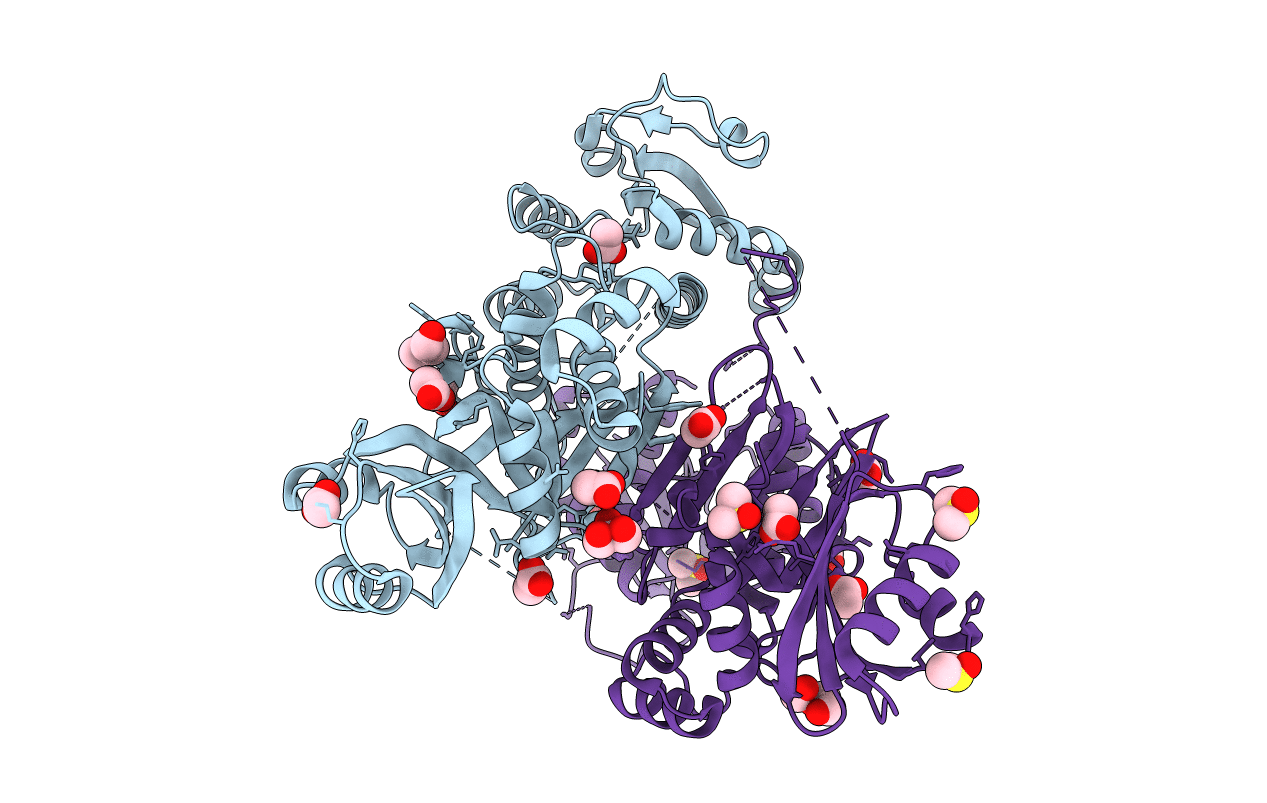
Deposition Date
2014-05-01
Release Date
2015-05-06
Last Version Date
2023-09-27
Entry Detail
PDB ID:
4PG5
Keywords:
Title:
Crystal structure of S. aureus Homoserine Dehydrogenase at pH6.5
Biological Source:
Source Organism:
Staphylococcus aureus M1064 (Taxon ID: 1158465)
Host Organism:
Method Details:
Experimental Method:
Resolution:
2.20 Å
R-Value Free:
0.23
R-Value Work:
0.20
R-Value Observed:
0.20
Space Group:
P 21 21 21


